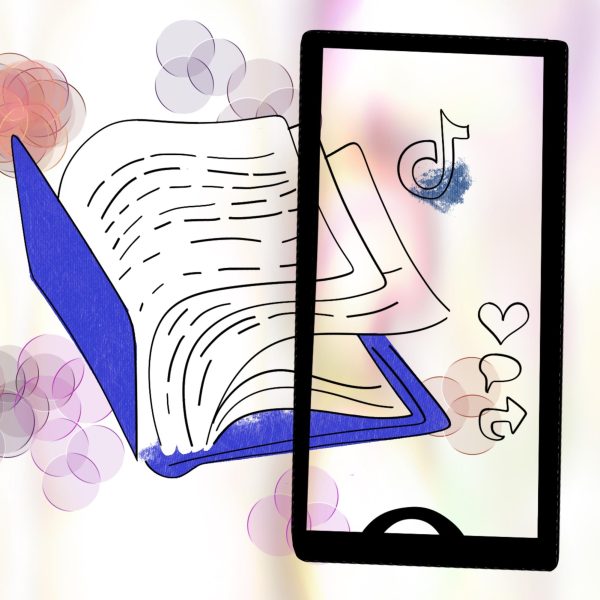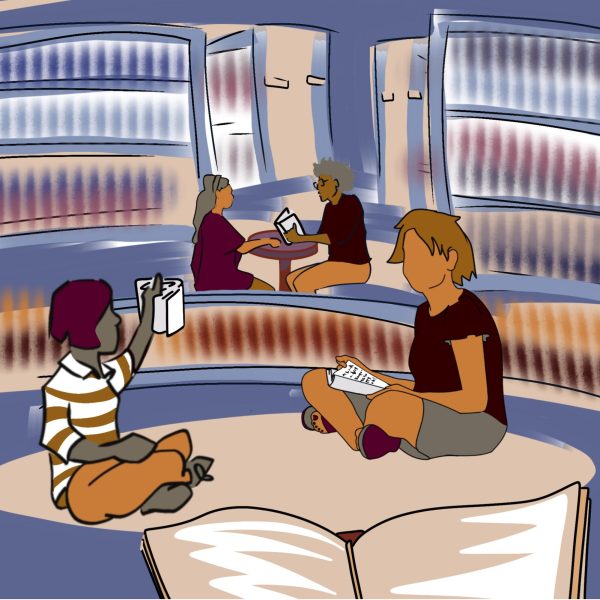Guest Column: Driven to distraction: Our wired generation
November 12, 2012
Larry Rosen
The Free Lance-Star (Fredericksburg, Va.) (MCT)
DOMINGUEZ HILLS, Calif. — Recently my research team observed 263 middle school, high school and university students studying for a mere 15 minutes in their homes. We were interested in whether students could maintain focus and, if not, what might be distracting them. Every minute we noted exactly what they were doing, whether they were studying, if they were texting or listening to music or watching television in the background, and if they had a computer screen in front of them and what websites were being visited.
The results were startling considering that the students knew we were watching them and most likely assumed we were observing how well they were able to study. First, these students were only able to stay on task for an average of three to five minutes before losing their focus. Universally, their distractions came from technology, including: (1) having more devices available in their studying environment such as iPods, laptops and smartphones; (2) texting; and (3) accessing Facebook.
We also looked at whether these distractors might predict who was a better student in general. Not surprisingly those who stayed on task longer and had well-developed study strategies were better students. The worst students were those who consumed more media each day and had a preference for switching back and forth between several tasks at the same time.
One additional result stunned us: If the students checked Facebook just once during the 15-minute study period they had a lower grade-point average. It didn’t matter how many times they looked at Facebook; once was enough. Not only did social media negatively impact their temporary focus and attention, it ultimately impacted their entire school performance.
How do we teach focus in a world that is constantly drawing our attention elsewhere? One strategy that we are using in classrooms around the world is called “technology breaks.” Here’s how it works: In many classrooms students are allowed to use their smartphones, tablets, or laptops as tools to search the Web, access social media, or perform other activities that promote learning. In such classrooms, teachers often report that in between times that students are using their devices for schoolwork, they are checking their email and text messages, tweeting, or accessing social media.
A tech break starts with the teacher asking all students to check their texts, the Web, Facebook, whatever, for a minute and then turn the device on silent and place it upside down on the desk in plain sight and “focus” on classroom work for 15 minutes. The upside down device prohibits external distractions from vibrations and flashing alerts and provides a signal to the brain that there is no need to be internally distracted since an opportunity to “check in” will be coming soon.
At the end of the 15-minute focus time, the teacher declares a tech break and the students take another minute to check in with their virtual worlds followed by more focus times and more tech breaks. The trick is to gradually lengthen the time between tech breaks to teach students how to focus for longer periods of time without being distracted. I have teachers using this in classrooms, parents using it at the dinner table or at a restaurant, and bosses using tech breaks during meetings with great success. So far though, the best we can get is about 30 minutes of focus thanks to Steve Jobs (and others) for making such alluring, distracting technologies.
Technology is not going to disappear from our world and, in fact, it is only going to get more appealing as screens become sharper, video become clearer, and touch screens become the norm, all of which attract our sensory system and beckon us to pay attention to them rather than schoolwork or the people in front of us.
With more electronic social connections in our lives, internal distractors are also increasing and tech breaks can be used to train the brain to focus without the worry and anxiety about what we might be missing in our virtual social world.
























